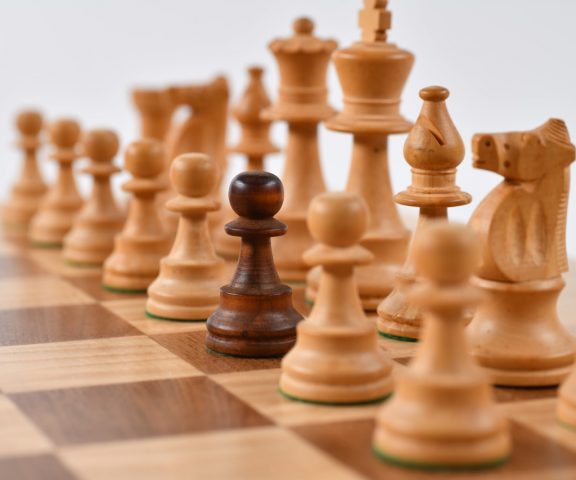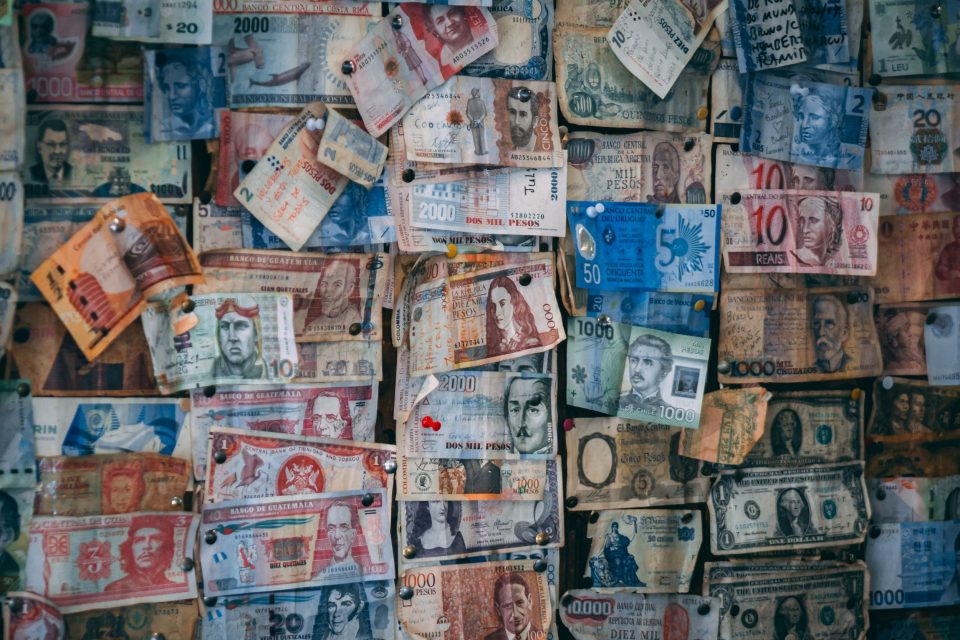The story of chess: history and popularity

The production secrets that affect the quality of paper
July 7, 2022
How to make the perfect greeting card
July 18, 2022
Chess has a long and checkered history! The game dates back more than fifteen centuries and has its origins in India. Since then, it has been reviled by the church, played a part in cold war geopolitical tensions, and even been involved in the death of a European monarch! The Business Optimizer team explains more about the game’s history and popularity through the ages.
The original precursor to chess was chaturanga, a board game played in 7th century India. Its pieces included the infantry, cavalry, elephant and chariotry.
Chataranga was introduced from India to Persia and, from there, spread around the Muslim world, including southern Europe.
The expressions “check” and “checkmate” are derived from the Persian words for King “Shāh!” and the King is helpless! “Shāh Māt!”.
The oldest recorded chess game was a tenth-century match between a historian from Baghdad and his pupil.
Shahnameh, an eleventh-century poem, offers an apocryphal account of the origins of chess in which two half-brothers, Talhand and Gav, vie for the throne of India. When Talhand mysteriously dies, Gav uses a chess set to explain to their mother how Talhand died of fatigue while surrounded by his enemies. The poem uses the Persian term “Shāh Māt” to describe Talhand’s fate.
The Shahnameh also describes how a visiting Indian Raja re-enacted past battles on a chessboard which boasted curiously carved pieces made from ebony and ivory.
The elaborate carvings of Indian pieces gave way to more abstract shapes as the game spread through Persia and the Muslim world, thanks to Islam’s warnings against idolatry.
Chess was likely introduced to Russia in the ninth century via the Volga-Caspian trade route. Its adoption was strengthened through cultural connections with the Byzantine Empire, so that by the sixteenth century chess was a popular game in Russia amongst all classes.
In 1061, Saint Peter Damian denounced the Bishop of Florence for playing chess despite being aware of the game’s evil effects on society. However, the bishop defended himself by arguing that chess was unlike other games since it required skill.
The popularity of chess peaked in Western courtly society between the twelfth and fifteenth centuries.
By the twelfth century, chess pieces in Europe began to feature more ornate carved depictions of people and animals, including kings, queens, bishops, knights and men at arms.
Theories about how to play chess began to emerge in the fifteenth century. The oldest surviving printed chess book is Repetición de Amores y Arte de Ajedrez by the Spanish clergyman Luis Ramirez de Lucena, published in Salamanca in 1497.
It is said that Ivan the Terrible, who ruled Russia between 1530 and 1584, died whilst playing a game of chess.
By the eighteenth century, the center of European chess life moved from its former strongholds of Italy and Spain in southern Europe northwards to France and Britain where it was played in coffee houses such as Café de la Régence in Paris.
In 1749, the French musician François-André Danican Philidor published L’analyse des échecs in which he outlined his ideas about the importance of pawns in chess strategy. It was highly influential and enjoyed more than 100 editions.
In 1849, the toy manufacturer Jaques of London introduced a new style of chess pieces created by Nathanial Cook and endorsed by renowned chess player Howard Staunton. The new style of pieces, known as the Staunton pattern, became the standard for tournament chess.
The first modern chess tournament was held in London in 1851 and was won by the German player Adolf Anderssen.
In 1861, time limits were introduced for the first time during a chess match in Bristol, England. The time spent considering each move was measured using an hourglass.
In 1894, Emanuel Lasker beat Wilhelm Steinitz to become the world chess champion. Lasker would hold the title for 27 years. His reign as chess champion remains the longest uninterrupted reign to this day.
Lasker lost his title to Jose Raul Capablanca in 1921. Capablanca’s style was considered to be the epitome of simple, clear-cut positional mastery and his endgame is still considered the best the world has ever seen. Even today’s computerized chess engines cannot identify many errors in Capablanca’s endgame.
Since 1927, international chess has been dominated by Russian and Soviet Union players.
In 1972, at the height of the cold war, Russian dominance of the mastery of the game was briefly halted by the enigmatic American player Bobby Fischer. Fischer’s grand title match against Soviet player and reigning champion Boris Spassky was one of the most anticipated chess finals of all time – and had geo-political ramifications. After Fischer won, he refused to defend his title – only coming out of his self-imposed isolation in 1992 to beat Boris Spassky again.
In 1984, the great rivalry of Russian players Anatoly Karpov and Garry Kasparov hit the world stage for the first time. Kasparov would hold the title for 15 years, the second longest uninterrupted reign after Laskser’s.
Kasparov was the first major player to use computers to assist in his study of and preparation of games.
In 1997, the IBM supercomputer Deep Blue beat Kasparov. It was the first time a computer had beaten the best player in the world and, despite Kasparov’s misgivings about the way the technology was used, the game was said to mark a turning point in the development of artificial intelligence.
Today’s reigning world champion is Magnus Carlsen. The Norwegian holds the record for the highest rating in history (2882, attained in 2014).
What now?
- Feeling inspired? Why not follow these instructions to create your own chess set our of paper! Here’s our pick of the best.




